New Zealand’s Fantastic Te Puia Geothermal Valley – A Review
Pohutu Geyser erupted forcefully, shooting 60 meters straight up into a clear blue sky. Water sprayed out in all directions from the main geyser and rushed over the pale-gray sulfuric mound being built up from sulfur-laden geothermic water.
Streams flowed down the sides of the high mound, creating dark-gray, yellow and white stalactite formations. Water rushed down into a hot river that was hissing and steaming below.
Downstream a large oval valley of thick, gray boiling mud sputtered and burped, forming dozens of dense mud rings. The muddy caldron steamed and hissed, vapors rising into the air, intermittently obscuring the boiling ooze.
Just beside dramatic Pohutu Geyser lies a stunningly clear, bright turquoise pond, another result of geothermic activity.
This is Te Puia’s Whakarewarewa Geothermal Valley. I was visiting on a fine early autumn day just outside Rotorua town in central North Island, New Zealand.
After I watched the spectacular geyser, water flows, steaming river, boiling mud pools and sparkling pond, I continued exploring the surprisingly lush valley along well-defined walking trails. I came upon more hissing ground, boiling mud pools, sulfuric mounds, discolored Earth and other geothermal features as I meandered along.
Rotorua is the most active geothermal area within the North Island’s extensive geothermal region. That zone extends from the island’s central volcanoes in Tongariro National Park northeastward through the towns of Taupo and Rotorua, then over to New Zealand’s east coast on the Pacific Ocean, and beyond to smoldering White Island, just offshore.
For centuries Rotorua has been spewing gushing geysers, boiling mud pools, steaming rocks, hot rivers and lakes. Thousands of international visitors have been visiting yearly since the mid 1800s to admire its unique, dramatic natural phenomenon.
In the large region between Rotorua and Taupo, several geothermal hot zones exist. Te Puia is one of the best, boasting the region’s most famous geyser, Pohutu Geyser. Like Oldfaithful in American’s Yellowstone National Park, Pohutu blasts out gushing hot water fountains quite regularly. Two – three times per hour, as a matter of fact.
Te Puia is also the closest geothermic zone to Rotorua town and thus the most easily accessed. Located just 3 km from the town center, visitors can even walk there if they’re so inclined.
The area’s other geothermal zones are located far from both Rotorua and Taupo and, thus, cannot be accessed without private transportation or by joining a costly tour.
But Te Puia is more than just another geothermal valley. It is also home to the Maori National Carving School and National Weaving School, whose mission is to preserve and continue the superb traditional Maori arts. They feature separate schools for wood carving, weaving and bronze making.
As a bonus, Te Puia also has a kiwi house, home to two healthy kiwi birds. Visitors can learn all about one of New Zealand’s most exotic birds and then watch live kiwis moving about in their active, nocturnal scavenging world.
So visiting Te Puia feels like three treats in one: kiwi birds, geothermal Earth, and Maori culture & arts. I can’t decide which was more exciting. I was thrilled to finally see live kiwi birds. So cute!
And I was equally excited to visit the Maori Arts Schools. While there I talked with several carvers and weavers about their trades. They were more than happy to answer all my questions and chat a while. We all learned a bit about each others personal lives, countries and cultures. It was a great inter-cultural exchange.
I spent a half day at Te Puia admiring the valley, kiwis and artists. Near Ngo-Ma-Kai-Koko Mud Pools.
I briefly caught up with one of their famous Maori guides taking a small group around the valley. She was very knowledgeable and entertaining. In just 10 minutes I learned many interesting facts about the mud, geyser and geothermal valley.
I also briefly visited their beautiful traditional Maori Meeting House, with its intricately carved wood panels and columns. At the end of my visit, I browsed Te Puia’s well-stocked store full of Maori arts and handicrafts, many of them made right there at the school by aspiring students.
Although I didn’t participate that day, Te Puia also offers a selection of traditional Maori steam-cooked meal programs and cultural shows, both day time and night time events. Depending on their interests, time frame and budget, visitors can choose from several different options, or simply enjoy the general admission as I did.
Check full details of tour programs, rates and opening hours at their website: Te Puia
My visit to Te Puia proved to be one of my favorite days in New Zealand. I would not have wanted to miss it!
* I’d like to thank Te Puia for sponsoring my visit and note that all the opinions and observations expressed in this review are my own candid views. )
———————————————————————————————————————————————–
You might also like:
Photos of Geothermal Earth at Rotorua
Photos of Stunning Coromandel Peninsula
————————————————————————————————————————————–

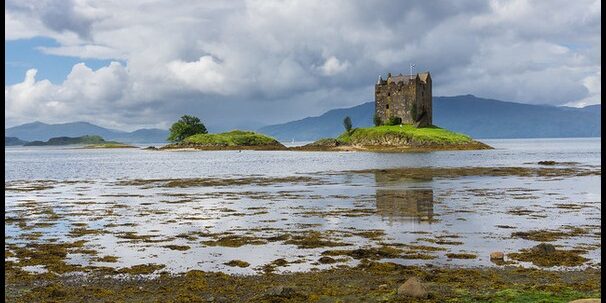



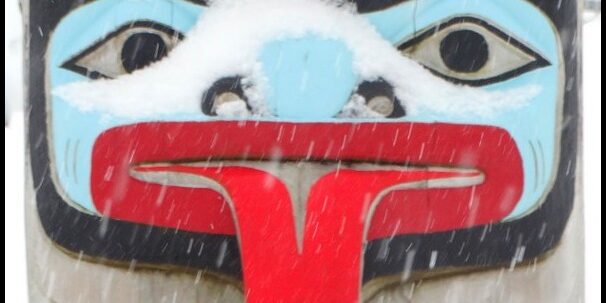

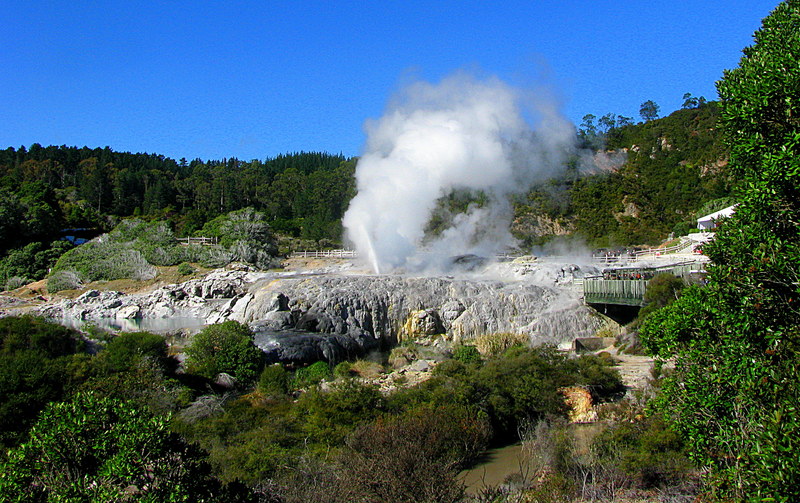
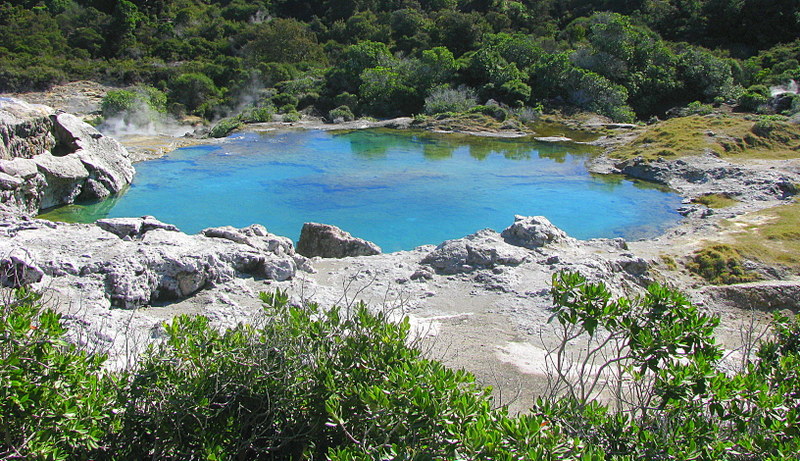
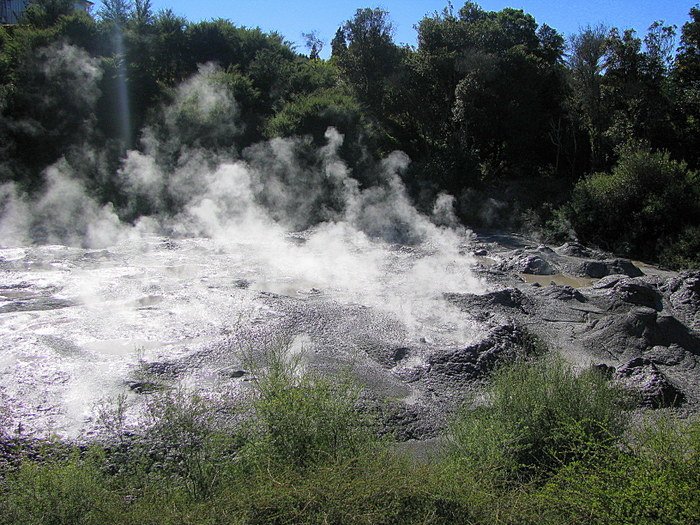
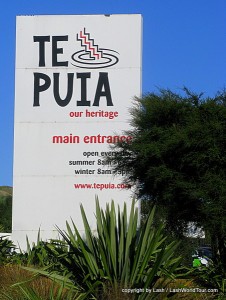
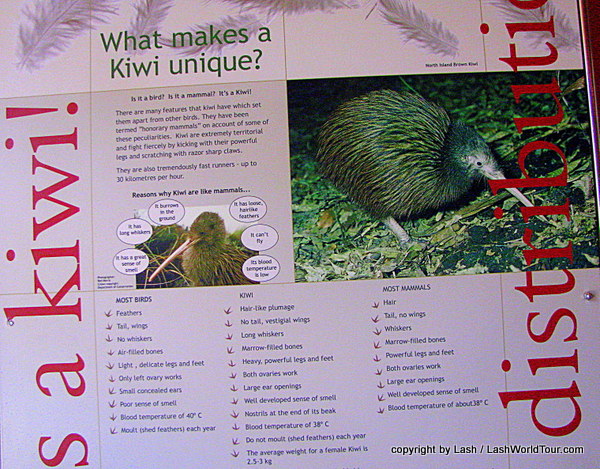
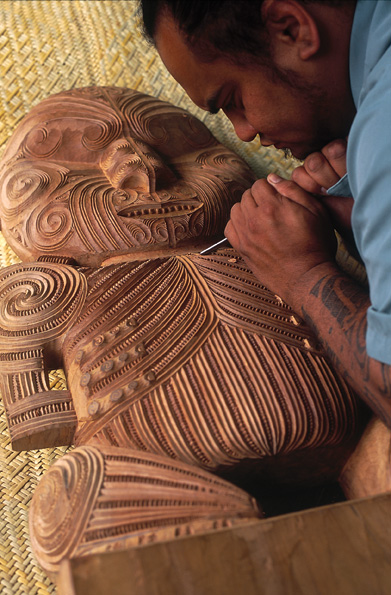
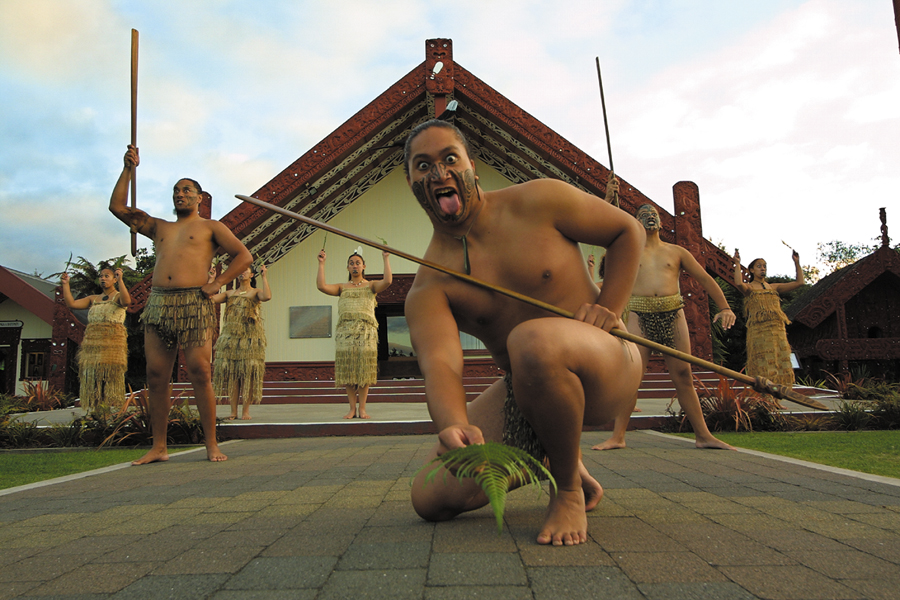



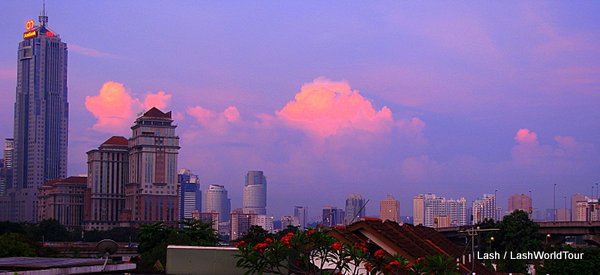

 Hi! I'm Lash, an American nomadic world traveler who's been traveling solo since 1998. I’m passionate about traveling the world nomadically and then sharing it all with you. I hope to inspire you to travel the world, to entertain you with tales from the road, and to help you reach your travel dreams. Welcome!
Hi! I'm Lash, an American nomadic world traveler who's been traveling solo since 1998. I’m passionate about traveling the world nomadically and then sharing it all with you. I hope to inspire you to travel the world, to entertain you with tales from the road, and to help you reach your travel dreams. Welcome! 



